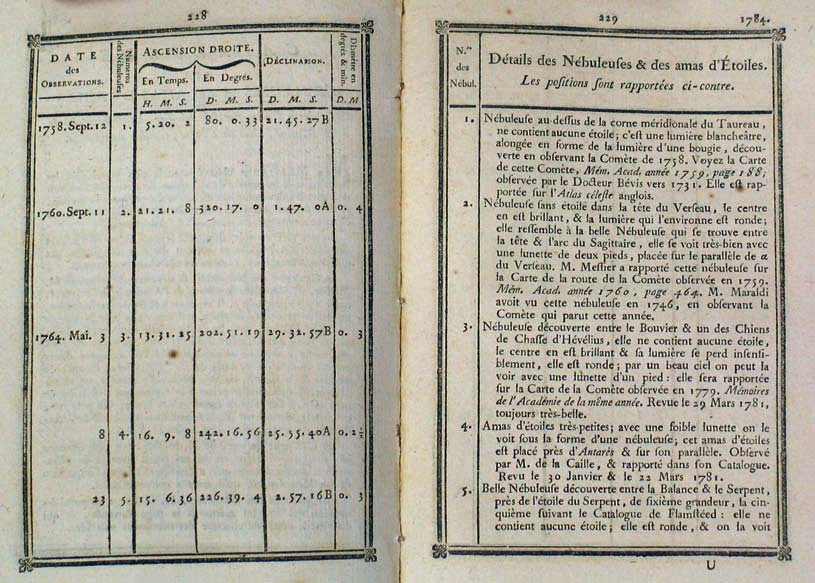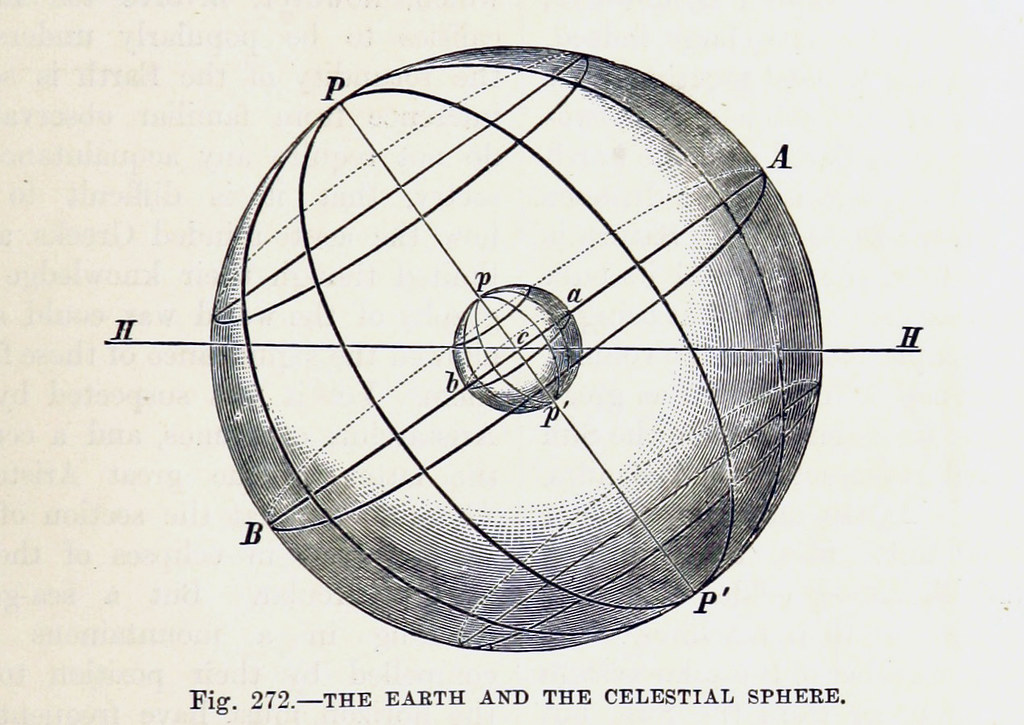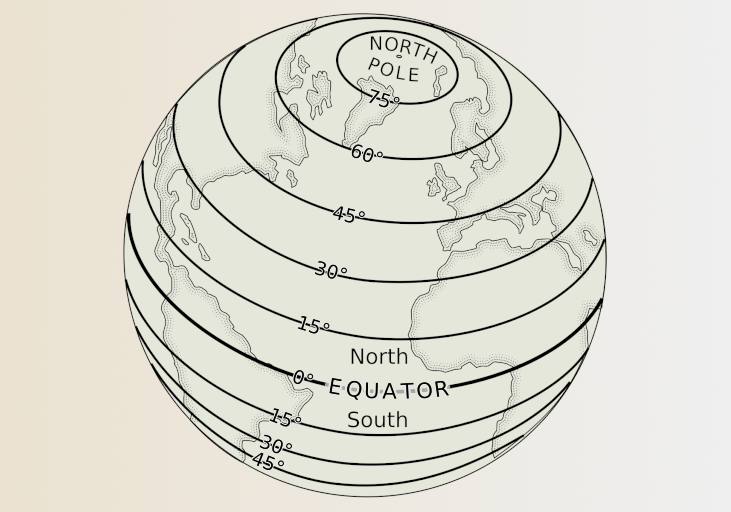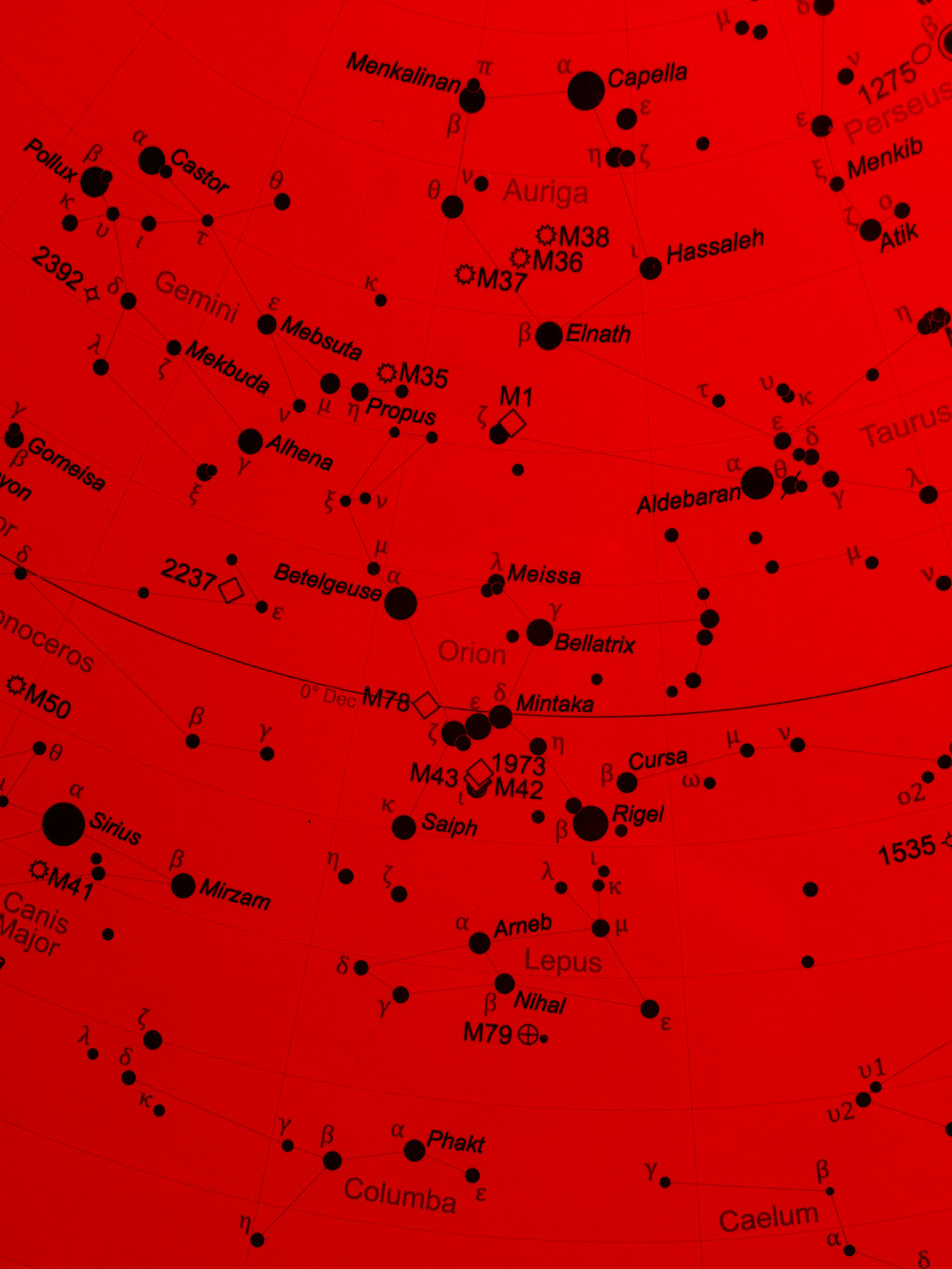Introduction
What is a planisphere? It is a map of the sky.
But, it is a very special kind of map because
it is also a type of mechanical computer that
can calculate the position of objects in the
sky for any date and time. I have an app on my
smartphone that does that. Why would I want to
use a planisphere? There are lots of reasons to
use a planisphere instead of a smartphone or
computer.
read
more
Messier Objects
So, you have a telescope or a pair of
binoculars and you want to get started in
astronomy. One of your first questions will
certainly be, “what are the best things for me
to look at in my telescope?” Let me introduce
you to the Messier catalog. It is essentially a
Top-100 list of the most beautiful objects in
the night sky. What the Messier catalog is and
how it came to be is an interesting and ironic
tale.
read
more
On the Front
Take a moment to examine the front of the
planisphere. Here, we will briefly cover each
printed element and describe its use. Date and
Time Start by examining the area around the
perimeter of the chart. You will find the time
printed for each hour of the day, with small
arrows shown in-between marking the half-hours.
This ‘clock dial’ serves two purposes. The
primary purpose is to be used in setting the
planisphere to display the portion of the sky
that is above the horizon at a selected date
and time.
read
more
On the Back
The back of the Messier Observer’s Planisphere
includes several tables and observing aids that
will come in handy on the observing field.
Here, we will briefly cover each printed
element and describe its use. Messier Object
Cheat Sheet Filling the lower half of the rear
side of the planisphere you will find a large
table divided into three rectangular boxes.
This table lists all 110 of the objects in the
Messier catalog, plus a few other notable deep
sky objects.
read
more
Celestial Coordinates
The Celestial Coordinate System You are
probably familiar with using latitude and
longitude to identify locations on the earth.
Astronomers use a similar coordinate system to
refer to locations in the night sky. Right
Ascension is the astronomical equivalent of
longitude. Just as longitude describes how far
east or west some place is from a fixed
reference on the surface of the globe, right
ascension describes how far east or west
something appears on the celestial sphere.
read
more
Latitudes
For Use Between 30 - 60 Degrees North Latitude
The Messier Observer’s Planisphere was designed
for observers in the northern hemisphere
between 30 degrees and 60 degrees of latitude.
If you are using the planisphere at a location
that is further north or south, it will not
give an accurate representation of which stars
are above or below the horizon at a given date
and time. In fact, for observers located south
of 30ºN, there will be some stars visible in
the sky that are not even printed on the map!
read
more
Designed for viewing under red light
Astronomical objects can be very difficult to
see. That is because they are very dim. Unlike
stars whose light is concentrated into a single
bright point, galaxies and nebulae are extended
objects whose faint light is spread across a
wide area. As a result, an astronomer can have
their telescope pointed directly at an object
but still be unable to see it. There are some
subtle tricks that can be used at the telescope
to glimpse those faint fuzzies.
read
more







